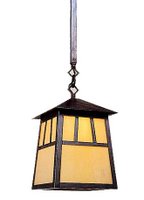translations
 i'm working up to talking about the nabis. i've mentioned several times that the japanese saw no separation between art and craft until western influence, and that was an ethic that was a guiding idea for the nabis.
i'm working up to talking about the nabis. i've mentioned several times that the japanese saw no separation between art and craft until western influence, and that was an ethic that was a guiding idea for the nabis.
if everything is your art, there isn't the separation between what you take aesthetic care in producing, and what you don't. i'm going to try to state this in various ways until i'm really comfortable i'm getting it said the way i really want.
 so we have several things: we have the direct influence on style, and then we have the integration of those styles into perspective, and in change of perspective is change of behavior.
so we have several things: we have the direct influence on style, and then we have the integration of those styles into perspective, and in change of perspective is change of behavior.the style part is the easiest to illustrate.
(print by toshikato mizuno, lanterns by arroyo craftsmen, and greene & greene. clock by archibald knox.)
Labels: archibald knox, greene and greene, toshikata mizuno



2 Comments:
This is very well said. That there was a move towards a deeper understanding of Art being capable of encompassing all things. That Art is the perfection or deepening of self through the work of art and that is why the "crafts" were never separated for the "arts". It is quite removed from the concept of style as you quite rightly say.
xx
i love how you said that
Post a Comment
hi, and thanks so much for stopping by. i spend all too much time thinking my own thoughts about this stuff, so please tell me yours. i thrive on the exchange!
<< Home